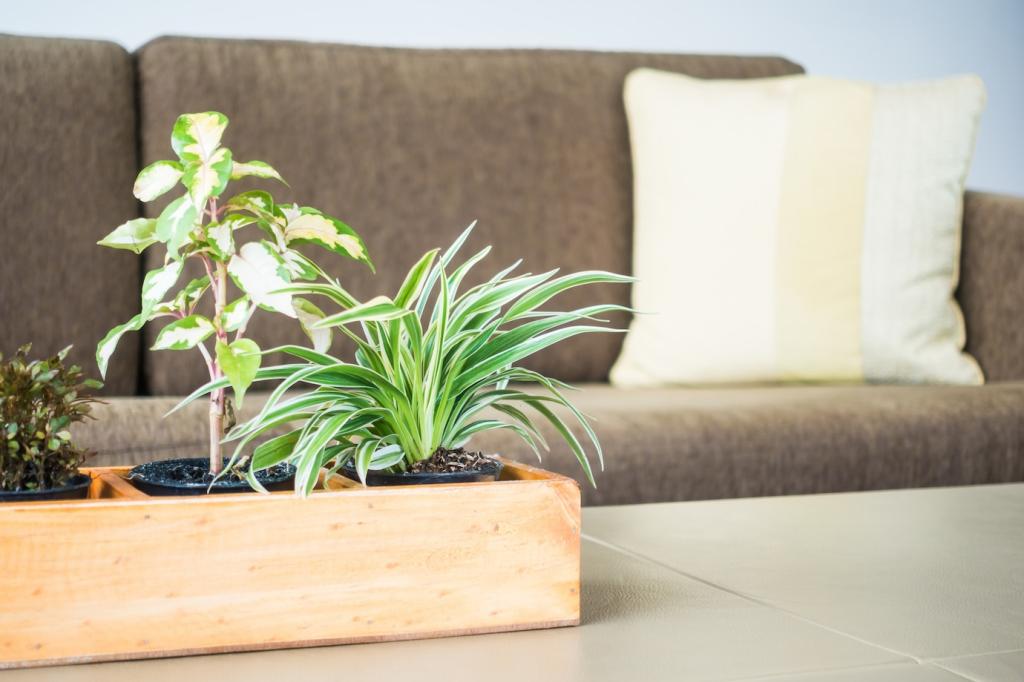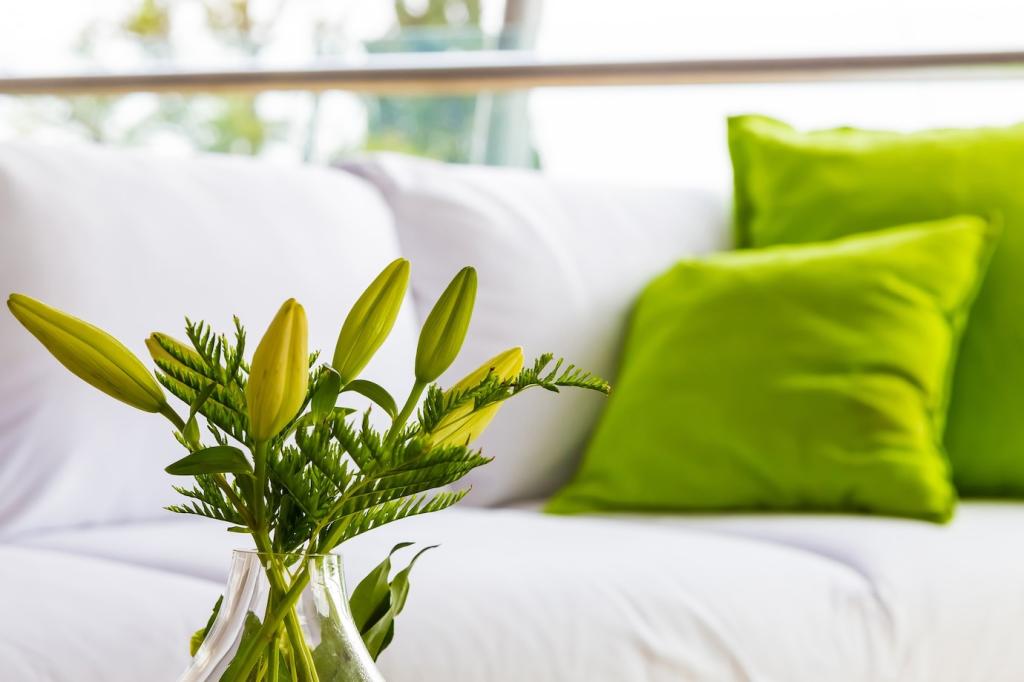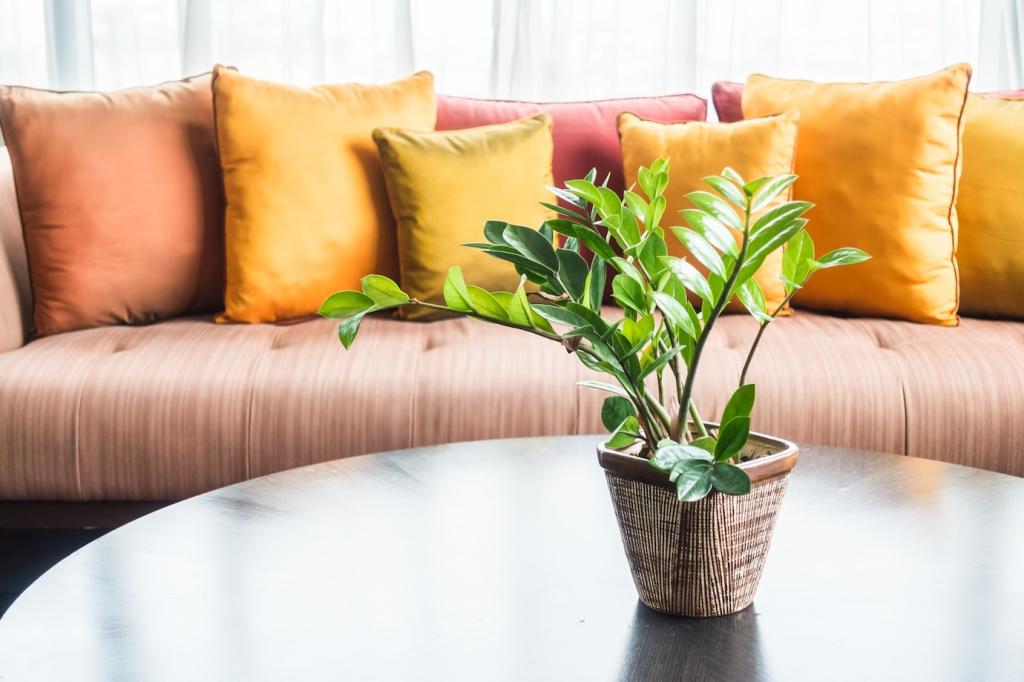
Innovative Wall Coverings Made from Sustainable Resources
Embracing sustainability in interior design is no longer just a trend—it’s a necessity. Innovative wall coverings crafted from sustainable resources offer stylish, eco-friendly alternatives to traditional materials. These solutions not only add character and beauty to your living spaces but also contribute to a healthier planet by utilizing renewable, recycled, or responsibly sourced materials. Discover how these innovative options are reshaping modern interiors and promoting sustainable living.
Eco-Friendly Materials in Modern Wall Coverings

Bamboo: The Rapidly Renewable Choice
Bamboo has taken the world of sustainable wall coverings by storm due to its rapid growth rate and minimal environmental footprint. Unlike hardwoods that can take decades to mature, bamboo can be harvested in just a few years, making it an incredibly renewable choice for eco-friendly interiors. Its natural strength and flexibility allow it to be fashioned into a range of textures and finishes, from sleek modern panels to intricately woven designs. Bamboo wall coverings often evoke a sense of natural calm and warmth while being surprisingly durable. Whether used in bedrooms, hallways, or office spaces, bamboo adds a remarkable blend of style, sustainability, and resilience.

Cork: Comfort and Acoustic Benefits
Cork wall coverings are making headlines for their unique combination of sustainability and practical benefits. Harvested from the bark of the cork oak without harming the tree, cork regenerates quickly and can be sourced repeatedly from the same plant. Beyond its eco-friendly credentials, cork provides excellent acoustic and thermal insulation, making spaces quieter and more energy-efficient. Its natural texture adds tactile interest and a grounded, organic aesthetic ideal for modern interiors. From vibrant painted cork tiles to richly textured panels, cork wall coverings offer both environmental responsibility and functional comfort.

Recycled Paper: A New Life for Old Materials
Recycled paper wall coverings showcase how upcycling can transform discarded resources into design statements. These coverings are often made from post-consumer paper, reprocessed and treated to create elegant finishes ranging from subtle linen-like textures to bold graphic patterns. By diverting waste from landfills, these wall coverings significantly reduce the environmental impact of traditional wallpaper production. They are also typically manufactured with water-based inks and adhesives, minimizing off-gassing and ensuring healthier indoor air quality. Recycled paper wall coverings are ideal for those who want to combine eco-conscious values with virtually limitless creative expression.
The Impact of Sustainable Wall Coverings on Interior Design
With the introduction of sustainable wall coverings, interiors are gaining a new layer of depth and richness. Natural textures, whether subtle or bold, add visual interest and transform walls from mere functional partitions into engaging design features. Whether it’s the warm, tactile surface of woven grasses or the sleek, organic sheen of renewable wood veneers, these materials invite touch and curiosity. Designers are using these organic surfaces to create calming retreats, energizing workspaces, or dramatic feature walls—proving that sustainability can be visually stunning.
Traditional wall coverings can sometimes emit volatile organic compounds (VOCs), contributing to indoor air pollution. In contrast, sustainable wall coverings are generally produced with minimal or no toxic chemicals, promoting healthier spaces for living and working. Many are naturally hypoallergenic and resistant to mold or mildew, making them a superior choice for families, office workers, and anyone sensitive to indoor air quality. As people increasingly prioritize wellness, choosing sustainable wall coverings becomes a simple way to contribute to both personal and environmental health.
Beyond their immediate physical impact, sustainable wall coverings serve as daily reminders of the importance of protecting our planet. Their presence in homes, offices, and public spaces can inspire others to consider more thoughtful choices in their own lives. These wall coverings often come with stories—about responsible forestry, fair-trade harvesters, or upcycled materials—that spark conversations and spread awareness about environmental stewardship. In this way, the very walls around us become advocates for a greener, more conscientious way of living.
Water-Based Finishes and Non-Toxic Adhesives
Historically, wall coverings relied on solvents and chemical adhesives that released pollutants into the air. Today, the industry is adopting water-based finishes and non-toxic adhesives, which drastically reduce emissions and improve indoor air quality. These new formulations are just as effective as their traditional counterparts, providing robust adhesion and long-lasting color without sacrificing environmental standards. For the end user, this translates to safer installation procedures and healthier living environments with less lingering chemical odor or long-term exposure risks.
Digital Printing with Eco-Conscious Inks
Digital printing technology has revolutionized custom wall coverings, making it possible to produce intricate, vibrant designs on demand. When paired with eco-conscious inks derived from natural pigments or plant-based sources, the environmental impact is further minimized. Digital processes typically use less water and generate less waste, making small-batch or custom-ordered wall coverings more sustainable than mass production. The ability to produce personalized designs on sustainable substrates adds a new level of creativity for designers looking to make a statement while remaining true to green principles.
Enhanced Durability through Green Chemistry
One of the key challenges with earlier sustainable wall covering materials was their durability under everyday wear and tear. Recent advancements in green chemistry have introduced surface treatments and manufacturing processes that significantly improve the longevity of eco-friendly wall coverings. These innovations allow natural fibers, recycled composites, and biodegradable materials to withstand moisture, fading, and abrasion. As a result, these coverings are now rivaling traditional synthetic finishes in high-traffic areas—proving that environmental integrity need not come at the expense of performance or practicality.
Previous slide
Next slide
